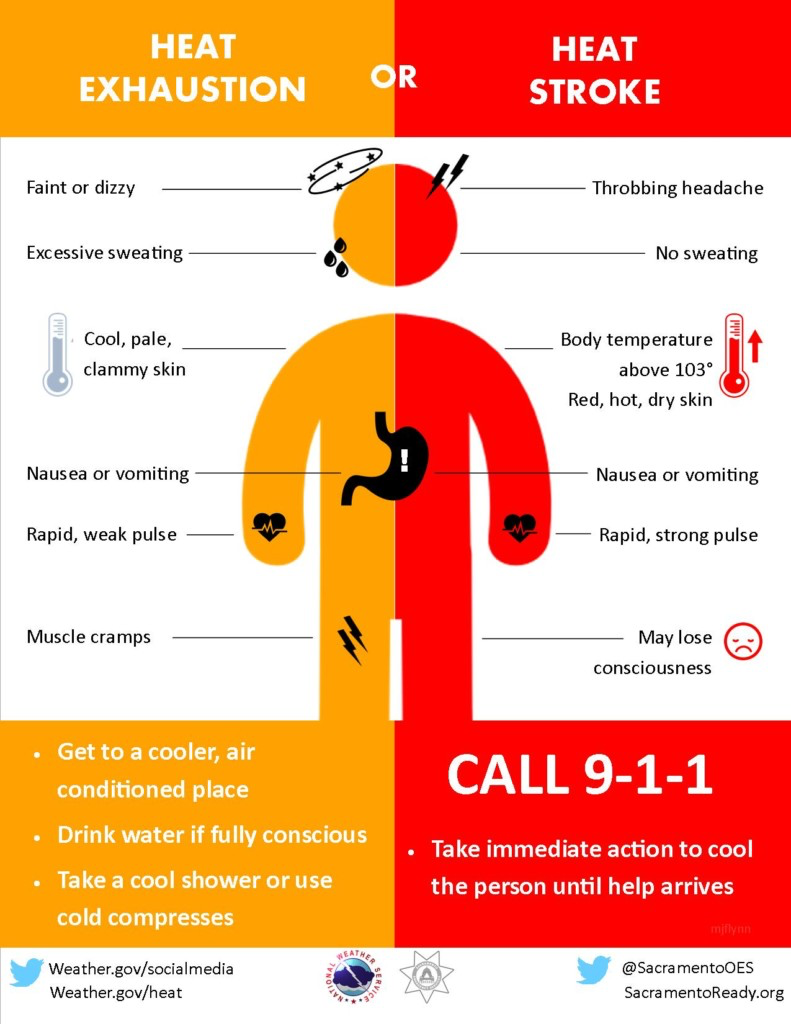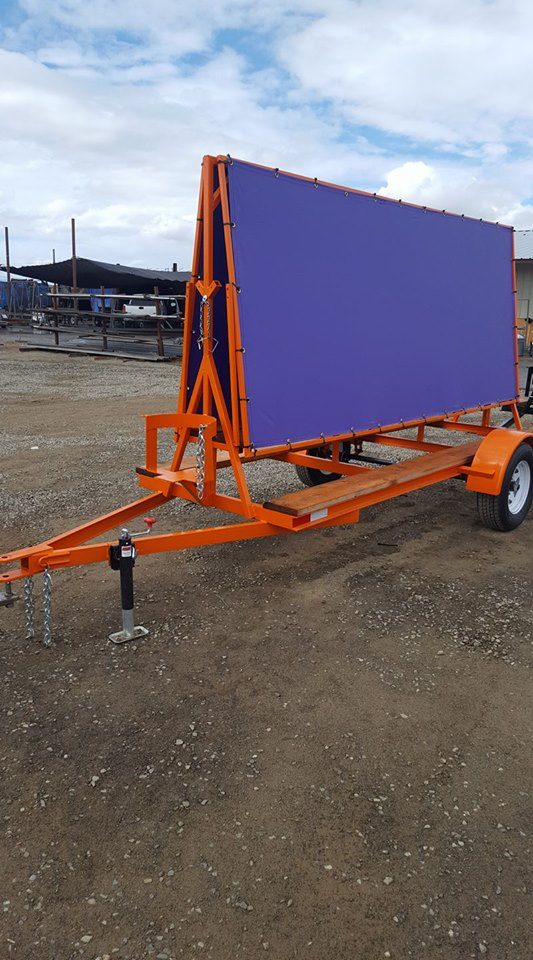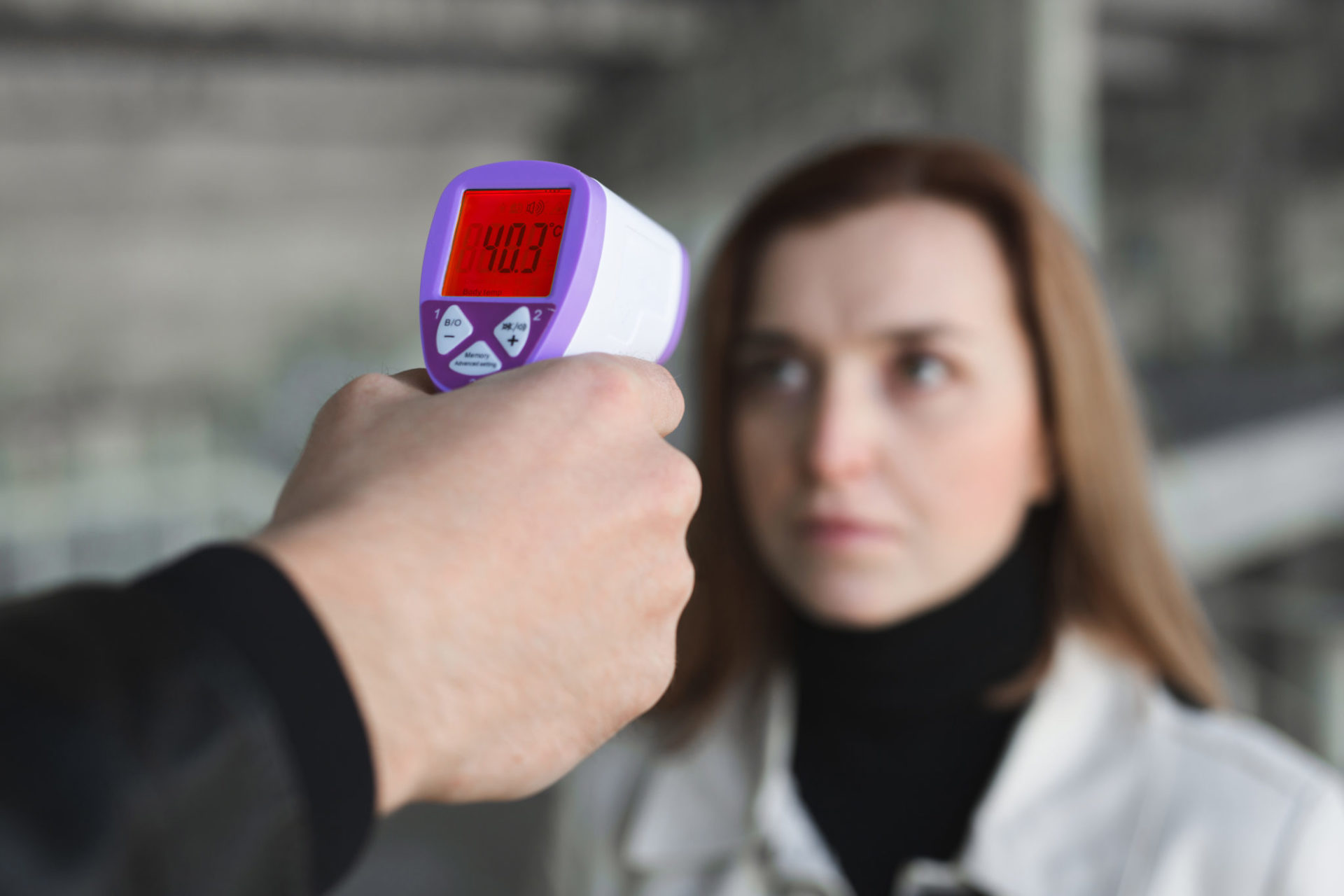As summer continues, growers must continue to navigate the ongoing challenges of hot weather, the COVID-19 pandemic and ensuring worker safety. Keeping agricultural employees safe in the heat has long been a high priority for our industry. In 2019, as was the case the previous year, the most frequently issued citation by Cal/OSHA to agricultural operations was failure to comply with the heat illness prevention standard. While we have made great strides at improving our operations to mitigate against this risk, we now face the added complication of balancing the issues posed by the heat and the steps we need to take to minimize the spread of COVID-19. First, though, it’s important to review what is required under California’s heat illness prevention standard.
Elements of Heat Illness Prevention Standard
Heat Illness Prevention Plan:
A company needs to have a written Heat Illness Prevention Plan with the following elements, and include specific details as to how you will ensure the provisions are met:
- The designated person(s) that have the authority and responsibility for implementing the plan in the field.
- Procedures for providing sufficient water.
- Procedures for providing access to shade.
- High-heat procedures when temperatures reach or exceed 95 degrees F.
- Emergency response procedures including lone workers (ex. irrigators).
- Acclimatization methods and procedures.
When drafting your plan, it is important to consider the size of your crew, the length of the workday and ambient temperatures. The plan needs to be in English and the language understood by the majority of the employees. Lastly, the plan must be located at the worksite and easily accessed by all employees.
Heat Illness Prevention Training:
Employee training needs to be done before an employee begins work, which could result in the risk of heat illness. Training should address the following:
- The environmental and personal risk factors for heat illness, as well as the added burden of heat load on the body caused by exertion, clothing and personal protective equipment.
- The employer’s procedures for complying with the requirements including the employer’s responsibility to provide water, shade, cool-down rests and access to first aid as well as the employees’ right to exercise their rights.
- The importance of frequent consumption of small quantities of water throughout the workday.
- The concept, importance and methods of acclimatization.
- The different types of heat illness, the common signs and symptoms of heat illness, and appropriate first aid and emergency responses to the different types of heat illness, and that heat illness may progress quickly from mild symptoms to serious and life-threatening illness.
- The importance to employees of immediately reporting to the employer, directly or through the employee’s supervisor, signs or symptoms of heat illness experienced by themselves or their co-workers.
- The employer’s procedures for responding to signs or symptoms of possible heat illness, including how emergency medical services will be provided should they become necessary.
- The employer’s procedures for contacting emergency medical services, and when necessary, transporting employees to a point where they can be reached by an emergency medical service provider.
- The employer’s procedures for ensuring that, in the event of an emergency, clear and precise directions to the work site can and will be provided as needed to emergency responders. These procedures shall include designating a person to be available to ensure that emergency procedures are initiated when appropriate.

Supervisor training needs to be completed prior to supervising employees and include the following topics:
- All the topics covered during employee training.
- The procedures the supervisor is to follow to implement the heat illness prevention plan procedures.
- The protocol a supervisor is to follow when an employee exhibits signs or reports symptoms consistent with possible heat illness, including emergency response procedures.
- How to monitor weather reports and how to respond to hot weather advisories.
Adequate Shade and Water
Adequate shade means blockage of direct sunlight. One indicator that blockage is sufficient is when objects do not cast a shadow in the area of blocked sunlight. Shade is not adequate when heat in the area of shade defeats the purpose of shade, which is to allow the body to cool. For example, a car sitting in the sun does not provide acceptable shade to a person inside it, unless the car is running with air conditioning. Shade may be provided by any natural or artificial means that does not expose employees to unsafe or unhealthy conditions and that does not deter or discourage access or use.
Shade needs to be available when the temperature exceeds 80 degrees Fahrenheit. How do you know when temperatures hit 80 degrees? Cal/OSHA urges employers to not rely on your cell phone because it does not reflect the site-specific temperatures. The best practice is to invest in and use daily an outdoor thermometer.
The amount of shade present shall be at least enough to accommodate the number of employees on recovery or rest periods so that they can sit in a normal posture fully in the shade without having to be in physical contact with each other. The shade shall be located as close as practicable to the areas where employees are working. Shade also needs to be available, even when the temperature does not exceed 80 degrees Fahrenheit, upon employee request.

Employees shall have access to potable drinking water. It must be fresh, pure, suitably cool and provided to employees free of charge. The water shall be located as close as practicable to the areas where employees are working. Where drinking water is not plumbed or otherwise continuously supplied, it shall be provided in a sufficient quantity at the beginning of the work shift to provide one quart per employee per hour for drinking for the entire shift. Employers may begin the shift with smaller quantities of water if they have effective procedures for replenishment during the shift as needed to allow employees to drink one quart or more per hour.
Protection from the Heat and COVID-19
Personal protective equipment (PPE) is an integral element in how we help keep our employees safe. As we continue to work to minimize exposure to COVID-19, PPE is a vital part of our plans. That being said, PPE including face coverings and masks, Tyvek suits and gloves can create heat-related risks that require additional steps. It is essential to employ close-monitoring protocol, including leveraging the buddy system and regularly communicating with all workers, including lone workers, on how they feel. Remind workers of the signs of heat illness and encourage them to speak up should they begin to experience issues or observe co-workers struggling.
In addition, it is important to remind employees of the importance of drinking water frequently throughout the day. These added layers of protection have the potential to increase body temperatures, and in turn, exacerbate heat illness symptoms. Often, individuals do not realize they are in distress until it is too late, as heat illness can develop gradually. By placing an emphasis on continual water consumption, you can help abate the illness from developing in the first place.
Balancing the need to protect workers from the dangers of the heat and that of COVID-19 requires planning, intentional execution and regular communication. The continued health, safety and well-being of our workforce remains one of our top priorities, and by adhering to the steps outlined, is a goal each agricultural operation can attain.
For more information about worker safety, human resources, labor relations, pesticide safety or food safety issues, please visit www.agsafe.org, call (209) 526-4400 or email safeinfo@agsafe.org. AgSafe is a 501c3 nonprofit providing training, education, outreach and tools in the areas of safety, labor relations, food safety and human resources for the food and farming industries. Since 1991, AgSafe has educated over 85,000 employers, supervisors and workers about these critical issues.











